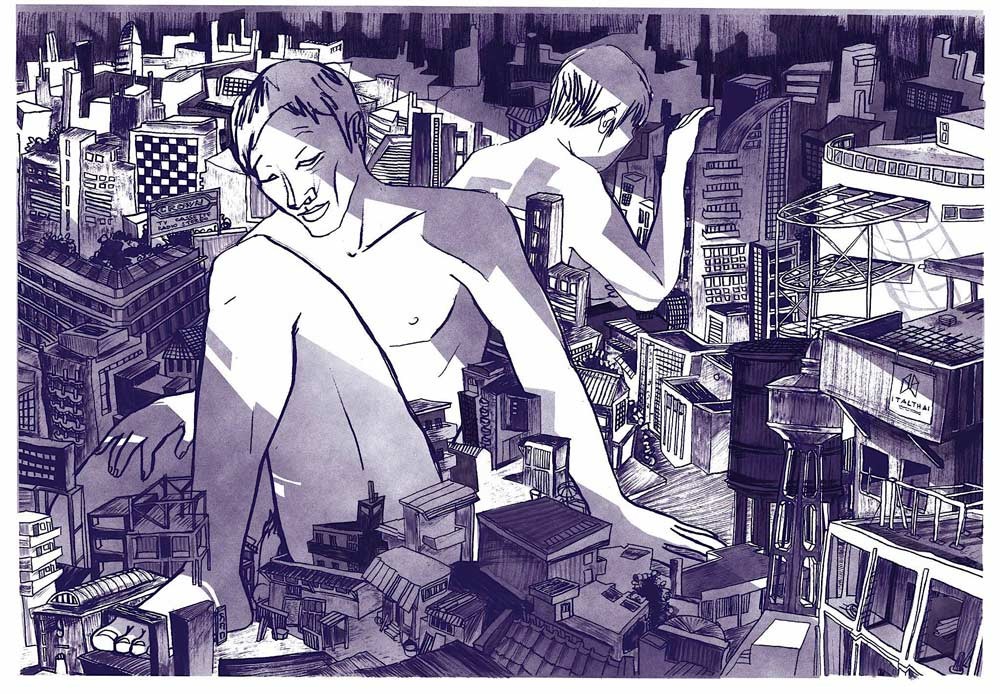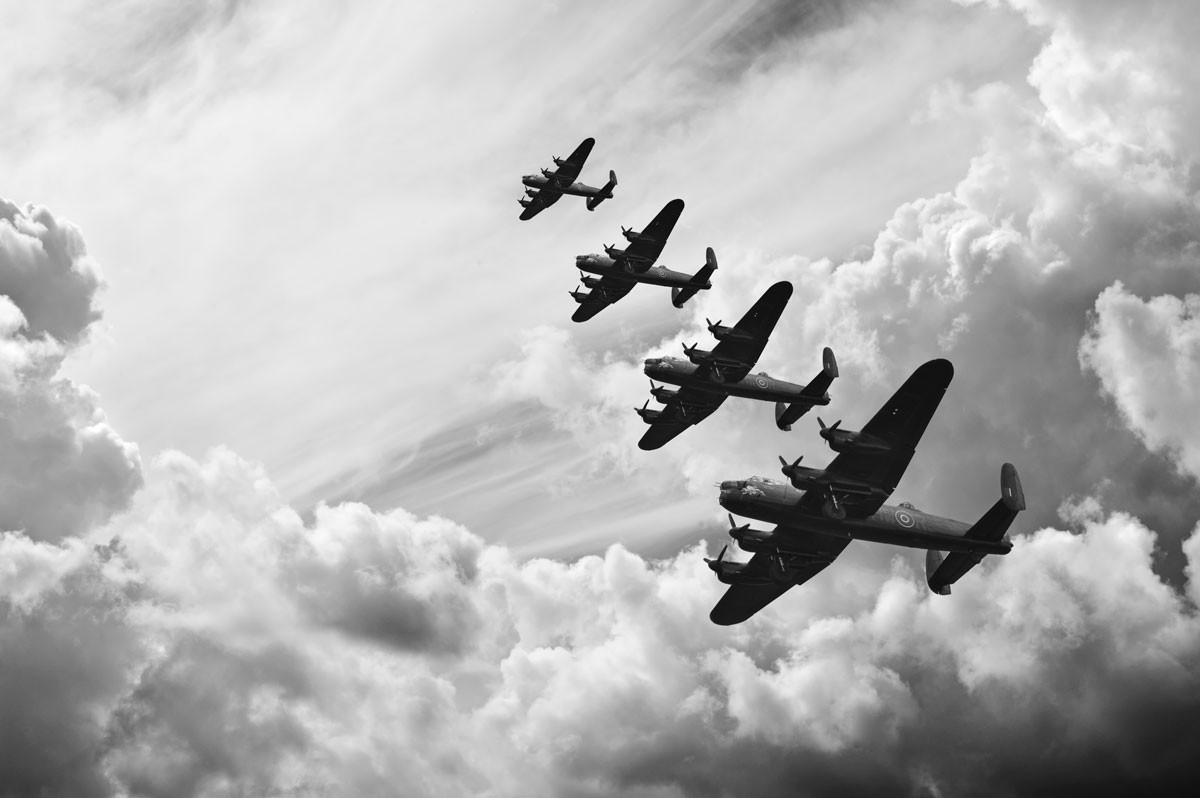Our series about Isaan in the 1960s continues with the first part of a photo essay by Kermit Krueger, a United States Peace Corps Volunteer working at Maha Sarakham Teachers’ Training College from 1963 to 1965. All photos were taken by Kermit during those years. Kermit also wrote an essay about his time in the Northeast, which can be found here: “A day at the races” (part two and part three).


“Steam locomotives had been replaced in the Thai rails by 1960 except in the Northeast where they remained in freight service until about 1966.” Photo credit: Kermit Krueger

“There were no diners on the passenger trains in the Northeast, but at each station vendors came through the cars selling chicken, sticky rice and lychee nuts wrapped in banana leaves which then served as your plate.” Photo credit: Kermit Krueger

The station seems quiet, but just wait…” Photo credit: Kermit Krueger

“Already some vendors are getting ready for the immanent arrival…” Photo credit: Kermit Krueger

“Buses, such as this one, will take you to (or bring you from) distant villages and cities. Usually the top is reserved for baggage, but if necessary people can ride up there. Inside you count on riding along with small livestock…” Photo credit: Kermit Krueger

“This is village lies next door to the Teachers Training College on one side and the “city” of Maha Sarakham on the other. Note the electricity wires serving a shop just outside the College gate, and the College itself.” Photo credit: Kermit Krueger

“Growing rice requires much water, something that in the slightly arid Mekong plateau is precious, indeed. Villages are typically situated adjacent to a lake, a stream or river, or a canal.” Photo credit: Kermit Krueger

“Thai houses were typically built on stilts because flooding was both welcomed (for the crops) and frequent.” Photo credit: Kermit Krueger

“The home and family of one of my students. He stands on the open porch. He was the first generation of his family to go to school beyond the primary level. Before he entered the Teachers College he’d never seen a railroad, electric lights or a telegraph. A brilliant student, he was later accepted by the University of Iowa where he earned a degree in engineering.” Photo credit: Kermit Krueger

“On those perfect days – and there are lots of them – life happens around the village store.” Photo credit: Kermit Krueger

“In bigger towns, such as the provincial capital, the stores are specialized. The store on the left serves noodle soup, and sells cigarettes and batteries for transistor radios. The store to the right (only slightly visible) sells cigarettes, laundry soap, toothpaste, instant coffee, a few canned goods, and matches.” Photo credit: Kermit Krueger

“Too lazy to cook for yourself? Here’s the roving, hot soup restaurant! Ah, the equivalent favorite of every child: the ice cream truck! For a penny or two he’ll set up shop under your house and lunch will soon be ready!” Photo credit: Kermit Krueger

“As part of our responsibilities we supervised out students doing practice teaching in village schools. The college’s landrover, a gift from UNESCO. This school was built by the U.S. Army after some war games in the area. The front greeting area also served as the teachers lounge.” Photo credit: Kermit Krueger

“A typical school room in a Thai village school had a blackboard, benches and tables. Students were separated with the boys on the left and the girls on the right. Books were almost non-existent.” Photo credit: Kermit Krueger

“A classroom inside that American built school.” Photo credit: Kermit Krueger

“The student teachers’ quarters in yet another village.” Photo credit: Kermit Krueger

“The town square or the temple yard are places for kids to gather and play…” Photo credit: Kermit Krueger

“…or to have their pictures taken by roaming foreigners.” Photo credit: Kermit Krueger

“This is Nong Bo of seven or eight years, desperately wanted to have his picture taken.” Photo credit: Kermit Krueger

“A hot game of jacks. Not even time to pay attention to the photographer!” Photo credit: Kermit Krueger
![]()




